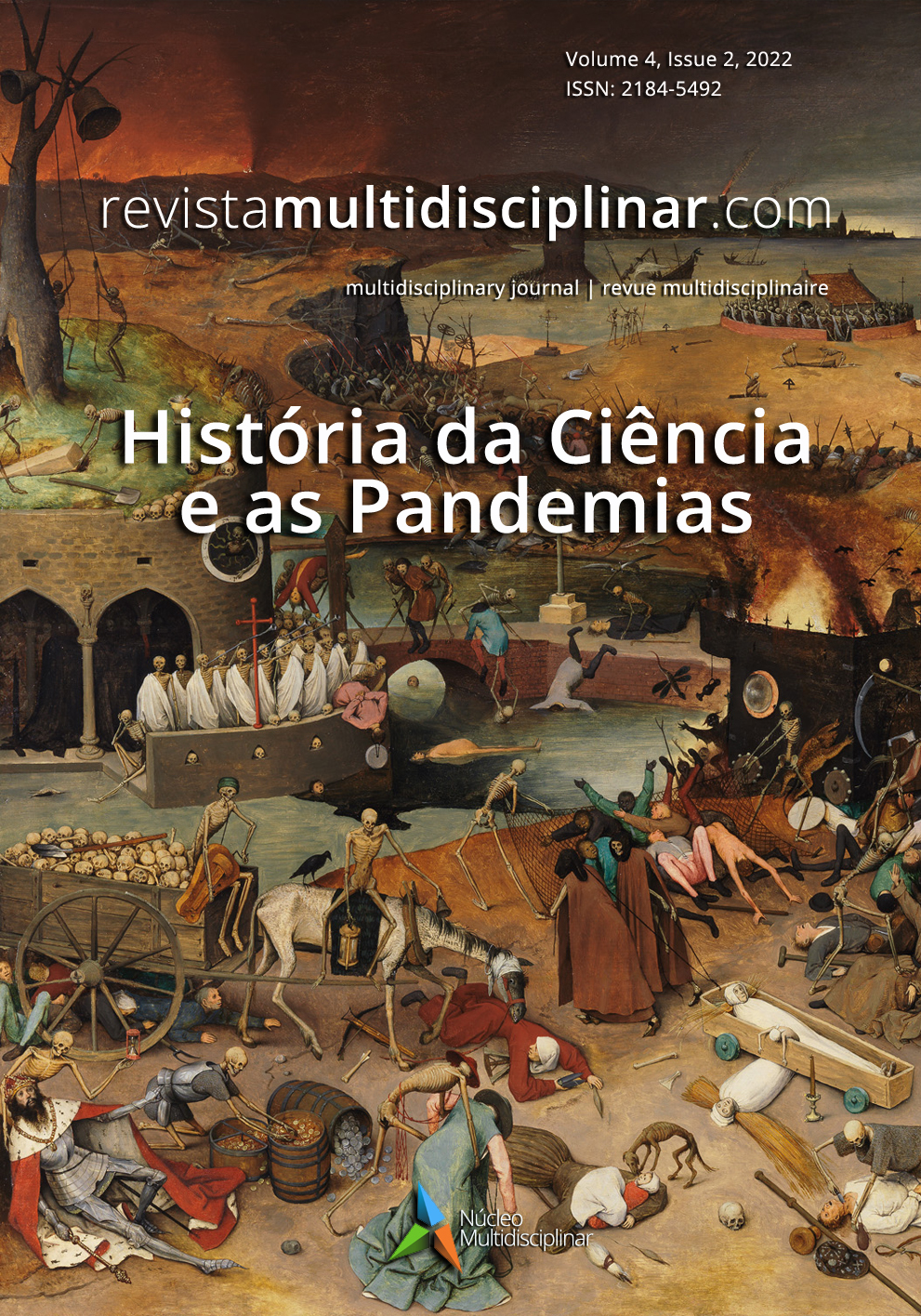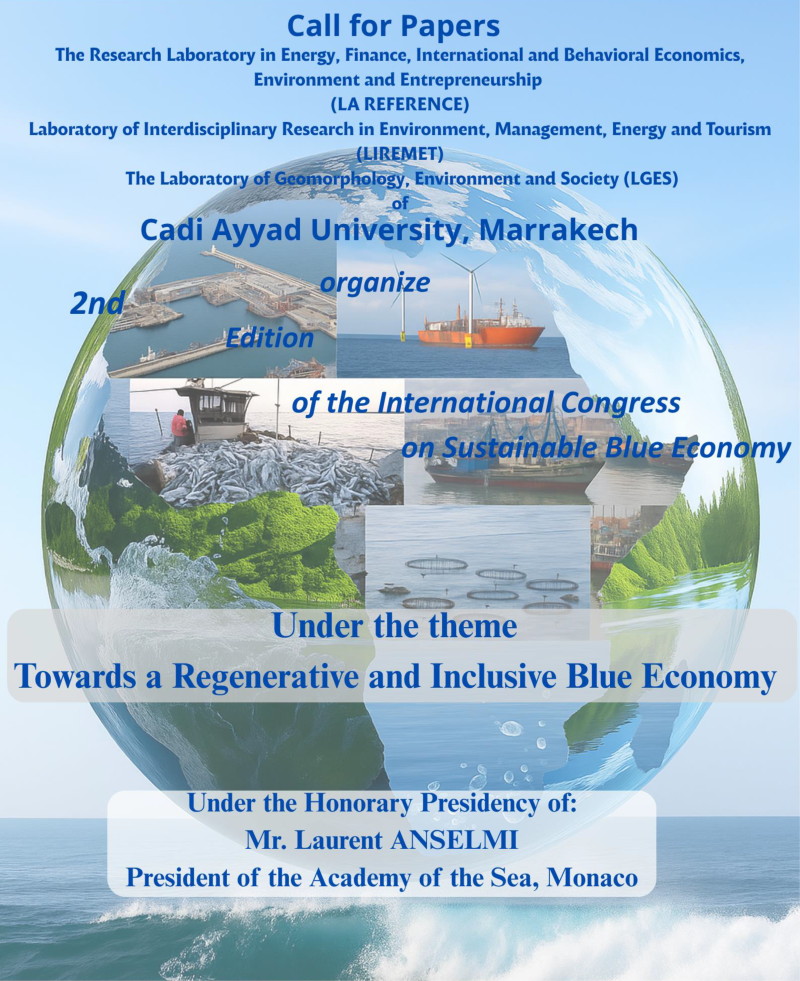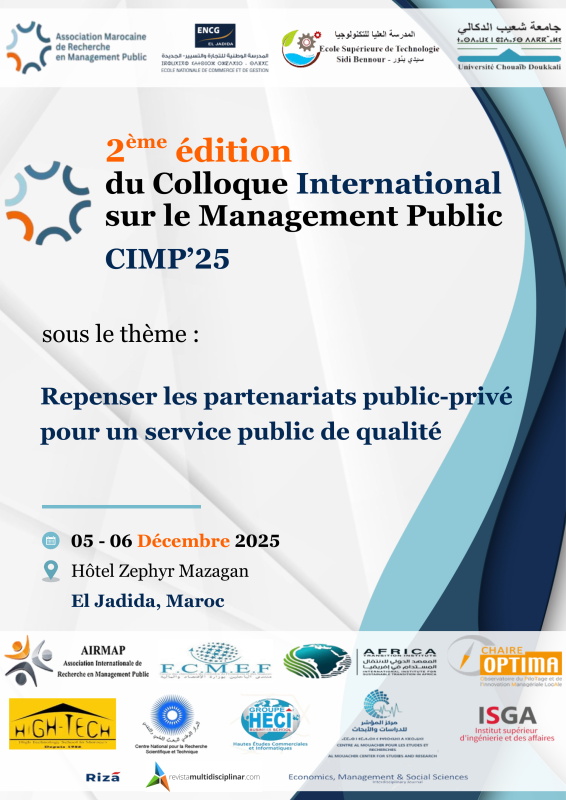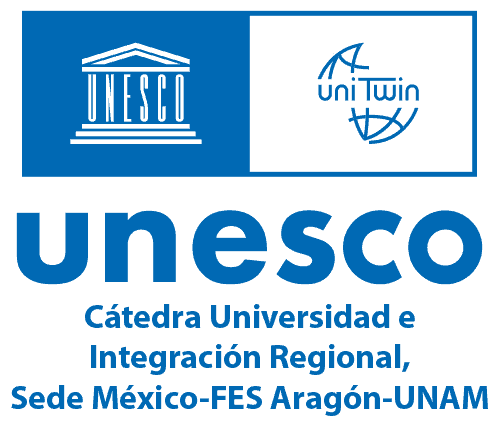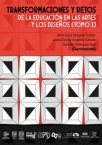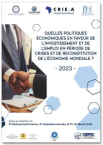The Black Death and Religious Beliefs
Conflict between Science and Religion
DOI:
https://doi.org/10.23882/rmd.22093Keywords:
bubonic plague, funebre rituals, religion, self-flagellationAbstract
The black plague appeared in the 14th century in Europe by the bacterium Yersinia pestis transmitted by fleas and black rat (Rattus rattus) , moreover the spread of this disease was very quickly through silk and spices trade routes. The high rate of contagion and mortality led many people to rely on religion, because they believed it would save themselves. At the time, as scientific knowledge about this type of diseases was scarce, the population believed in a relationship between medicine and religion, considering the Black Death as a divine punishment for the sins creating a serious social problem. Over the course of history, the Catholic Church may have been a limiting factor in the development of scientific knowledge. Ignorance and unreasonable faith led to serious consequences, such as, the persecution and murder of innocents in the name of the faith, thus being responsible for a high number of deaths in the Middle Ages for encouraging the elimination of Jews in Europe, as a need for redeem themselves for their sins.
In this text, we intend to present the main contributions to the development of knowledge about this pathology as well its relationship with religion, the theories disseminated by the Church and the people's blind belief in them to obtain God's forgiveness. Religion can be an obstacle to scientific knowledge, preventing the advance of Science, in addition to leading people to commit wrong and perverse attitudes to achieve their objectives.
References
Antiquitates Flandriae in Royal Library of Belgium manuscript 1376/77. Consultado no dia 18/12/2021. https://bit.ly/3HM4GTL
Arrizabalaga, V. (1991). La Peste Negra de 1348: los orígenes de la construcción como enfermedad de una calamidad social. Dynamis: Acta Hispanica ad Medicinae Scientiarumque. Historiam Illustrandam, 11, 073-117. Consultado no dia 15-12-2021. https://bit.ly/3rMWFIW
Balloussier, A. V. (2021). Da peste negra à Covid-19, cultos e missas em pandemias são dilema histórico da humanidade. Consultado no dia 08/12/21. https://bit.ly/3JkFoww
Bastos, M. J. M. (1997). Pecado, castigo e redenção: a peste como elemento do proselitismo cristão (Portugal, séculos XIV/XVI). Tempo, 2(3), 183-205.
Besançon, J. (1491-1492). Enlumineur. [Danse macabre] : [ou l'Empire de la Mort, sur tous les états de la vie humaine] : [texte imprimé, peinture]. https://bit.ly/3oM4QmR
Boccacio G., (1558), Le Decameron de Jean Bocace Florentin. Consultado na Biblioteca Digital de Paris, no dia 06-12-2021. https://bit.ly/3rMWuNM
Bombini, R. R. (2020). As respostas irlandesas à peste bubônica: entre a medicina e a religião. Brathair, 20(2), 301-319.
Callaway, E. (2011). The Black Death decode, the genome of a 660-year-old bacterium is revealing secrets from one of Europe´s darkest chapters. Nature, 478, 444-446
Castiglioni, A. (1947) História da Medicina. São Paulo, Cia. Editora Nacional.
Delumeau, J. (1978). La peur en Occident – XIVe-XVIIIe siècles. Fayard: France.
Di Tura, A. (1348). The Plague in Siena: Italian Chronicle. Consultado no dia 10/12/21. https://bit.ly/3JstD7n
Días, T. F. (2016). A religiosidade sustentada pelo medo: elementos de mudança no imaginário medieval a partir da peste do século XIV. Tempo de Histórias, 29, 39-57.
Escuer, E. F. (2020, marzo 30). Historia de las pandemias – La Peste negra. Nuevatribuna.es. Consultado no dia 8/12/21. https://bit.ly/3oMQEd9
Follador, K. J. (2016). A relação entre a peste negra e os judeus. Revista Vértices, 20, 25-46.
Gottfried, R. S. (1989). La muerte negra – Desastres en la Europa medieval, pp. 91-92. Fondo de Cultura Económica: México.
Gurtner, C. (2020). A peste negra. Consultado no dia 16-12-2021, disponível em https://www.escribacafe.com/post/a-peste-negra
Gusmão, P. (1984). Ideias sobre a peste negra. Humanidades, pp. 27-36. Consultado no dia 15 dezembro de 2021. https://bit.ly/3GSppUY
Jones, L. & Nevell, R. (2016). Plagued by Doubt and Viral Misinformation: The need for evidence-based use of historical disease images. The Lancet Infectious Diseases, 10, 1-10.
Marlow, S. L. & Rosa, W. P. (2021). A Peste Negra e o imaginário religioso nas obras de Jean Delumeau. PLURA, Revista de Estudos de Religião, 12(1), 80-98.
Miguelsanz, C. G., Ramos, A. M. (2015). La peste negra. Consultado no dia 12/12/21. https://bit.ly/3rKpm97
Museu Del Prado (2021). O triunfo da morte, Pieter Bruegel (1562). Consultado no dia 12/12/21. https://bit.ly/3sBPqmb
Pinto, P. (2020). “Grandes males pedem grandes remédios”: A peste num sermão do Padre António Vieira. Revista de Estudos de Cultura, 6(17), 21-30.
Quírico, T. (2012): Peste negra escatologia: os efeitos da expectativa da morte sobre a religiosidade do século XIV. Mirabilia: 135-155.
Quírico, T. (2021). Imagem e devoção em tempos de pandemia: apontamentos sobre a Peste Negra e a religiosidade cristã no fim da Idade Média. Concinnitas, 22(40), 187-209.
Sánchez-David, C. E. (2008). La muerte negra, “el avance de la peste”. Revista Med, 16(1): 133-135.
Silva, M. L., Obara, F. W. H., Avila, R. N. P. (2018). Uma pesquisa sobre a peste negra. Anais do 54º Congresso da Sociedade Brasileira de Medicina Tropical. Consultado no 10 de dezembro de 2021. https://bit.ly/3oJh27Y
Simoni, K. (2007). De peste e literatura: imagens do Decameron de Giovanni Boccacio. Anuário de literatura umbral, pp. 31-40.
Toapanta, H. G. G. (2021). Pandemias en la Historia: La peste negra y la gripe española, covid-19 y crisis capitalista. Revista de Ciências Sociales y Humanidades, CHAKIÑAN, 14,130-145.
Vieira, M. (2019). Guy de Chauliac (1300-1368). Unicentro Paraná – GPET Física Unicentro. Consultado no dia 13/12/2021, https://bit.ly/3sxWNLv
Villani, G. (1348). Die Nuova Cronica des Giovanni Villani tradução Verena Gebhard. (2007). Consultado no dia 16-12-2021. https://bit.ly/3rMGIT6
Published
How to Cite
Issue
Section
License
Copyright (c) 2022 Andreia Carneiro-Carvalho, Isilda Rodrigues

This work is licensed under a Creative Commons Attribution-NonCommercial 4.0 International License.

